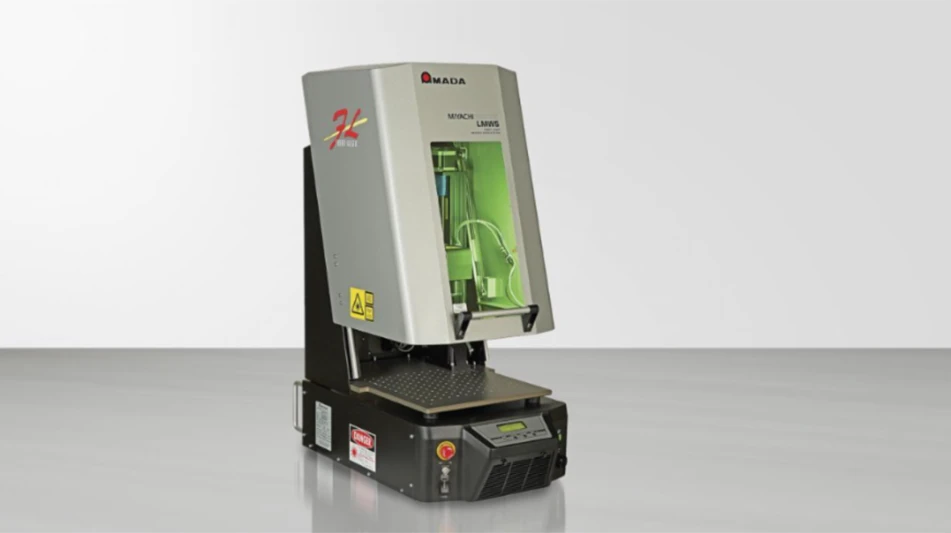
The first test flight of the SpaceX Falcon Heavy rocket began Tuesday, Feb. 6, 2018, at 3:45pm ET (2045GMT) from Launch Complex 39A at Kennedy Space Center in Florida. SpaceX claims the rocket can lift into orbit 140,660 lb (63,800kg) – a mass greater than a Boeing 737 jetliner loaded with passengers, crew, luggage and fuel – and more than twice the payload of the competitor Delta IV Heavy.
Falcon Heavy’s first stage is composed of three Falcon 9 nine-engine cores whose 27 Merlin engines together generate more than 5 million pounds of thrust at liftoff, equal to approximately eighteen 747 aircraft. Only the Saturn V moon rocket, last flown in 1973, delivered more payload to orbit. Falcon Heavy was designed from the outset to carry humans into space and restores the possibility of flying missions with crew to the Moon or Mars, according to SpaceX’s background information.
In less than 9 minutes after lift-off, the two outboard engine cores landed almost simultaneously at SpaceX landing sites at Cape Canaveral Air Force Station near the Kennedy Space Center. The main core, which carried the second stage, missed landing on a drone ship and crashed into the Atlantic Ocean a short while later. Both side boosters had been flown on previous Falcon 9 missions.
 Inside the fairing atop the Falcon Heavy’s upper stage was an unusual mass simulator – SpaceX (and Tesla Motors) founder and CEO Elon Musk’s cherry red Tesla Roadster, outfitted with a dummy astronaut dubbed Starman (a tribute to the David Bowie song) wearing a prototype space suit. The convertible is to be blasted toward Mars and into orbit around the sun after riding through Earth’s Van Allen radiation belts for six hours.
Inside the fairing atop the Falcon Heavy’s upper stage was an unusual mass simulator – SpaceX (and Tesla Motors) founder and CEO Elon Musk’s cherry red Tesla Roadster, outfitted with a dummy astronaut dubbed Starman (a tribute to the David Bowie song) wearing a prototype space suit. The convertible is to be blasted toward Mars and into orbit around the sun after riding through Earth’s Van Allen radiation belts for six hours.
Musk told reporters before the launch that if the test flight is successful, the SpaceX team would be ready to put satellites on the next mission, which could occur within three to six months. Two commercial launches are planned, the Arabsat 6A communications satellite and the Space Test Program 2 mission for the U.S. Air Force.
Get curated news on YOUR industry.
Enter your email to receive our newsletters.Latest from Aerospace Manufacturing and Design
- You can still register for March’s Manufacturing Lunch + Learn!
- Ohio creates Youngstown Innovation Hub for Aerospace and Defense
- Tormach’s Chip Conveyor Kit for the 1500MX CNC Mill
- How to Reduce First Article Inspection Creation Time by 70% to 90% with DISCUS Software
- Jackson Square Aviation orders 50 Airbus A320neo aircraft
- Beckhoff's motion control automation solutions
- #40 - Lunch & Learn with Fagor Automation
- Air Methods to purchase up to 28 Bell helicopters





